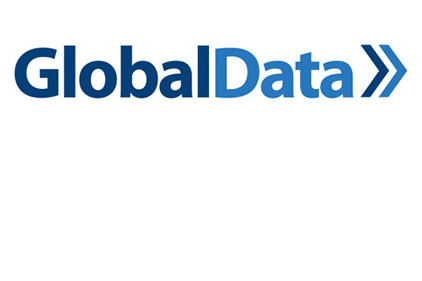The celiac disease treatment market value will expand more than tenfold from an estimated $49.6 million in 2013 to $551.1 million by 2023, at an impressive Compound Annual Growth Rate (CAGR) of 27.24%, according to research and consulting firm GlobalData.

|
The company’s latest report* states that the US will continue to account for almost all of the celiac disease therapeutics space, which also includes the five European countries (5EU) of France, Germany, Spain, Italy and the UK. The US share will slip slightly from 99% in 2013 to just under 98% by the end of the forecast period.
Abhilok Garg, Ph.D., GlobalData’s Analyst covering Immunology, says that the market will be driven primarily by the potential introduction of two novel pipeline drugs, Alba/Teva’s larazotide acetate and Alvine/AbbVie’s latiglutenase, which are designed to be used as adjunctive treatments to the current standard of care, a Gluten-Free Diet (GFD). Garg comments: “Larazotide acetate is forecast to launch in the US in Q1 2018, with the key competitive advantage of targeting the majority of the disease population, compared with the 4–7% of refractory patients, who are currently treated with generics including steroids and immunosuppressants.
“In Q1 2019, larazotide acetate is expected to launch in the 5EU, while latiglutenase may potentially launch in the US. These pipeline drugs are forecast to increase sales in the six major markets (6MM) from $49.6 million in 2013 to $289.9 million by the end of 2019.”
Garg adds that Q1 2020 may see the launch of latiglutenase in the 5EU, thereby boosting the 6MM sales further to $343.3 million, with a steady incline up to $551.1 million by 2023.
Opportunity Analyzer: Celiac Disease - Opportunity Analysis and Forecast to 2018
